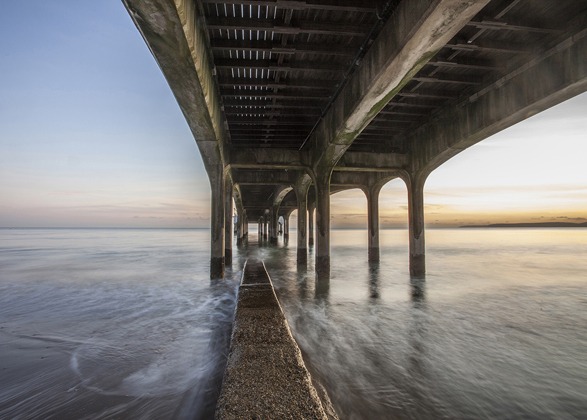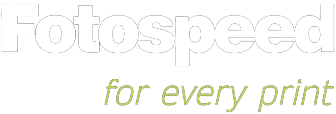The Landscape Photographers Calendar: what to shoot in August

Tony Worobiec is a Fellow of the Royal Photographic Society and one of our Fotospeed photographers. He has won awards for photography both in the UK and internationally, and has authored 16 books. In this blog post, adapted from his RPS workshop, "The Landscape Photographers Calendar", Tony tells you what to look out for in August. Tony uses Fotospeed’s Platinum Baryta and Platinum Matt.
-->
Tony Worobiec is a Fellow of the Royal Photographic Society and one of our Fotospeed photographers. He has won awards for photography both in the UK and internationally, and has authored 16 books. In this blog post, adapted from his RPS workshop, "The Landscape Photographers Calendar", Tony tells you what to look out for in August. Tony uses Fotospeed’s Platinum Baryta and Platinum Matt.
You can find out more about Tony here.
Those of you who have been following these blogs since the start of the year will no doubt be wondering what on earth I have to write about for August. This is the month when even the most committed landscape photographers hang up their cameras and enjoy other pleasures instead. It is a period when the land appears baked, and after the scorching June and July we have experienced this year, it seems ever more so. I cannot of course predict the weather and hopefully August will revert back to the usual norms, but even if it does, traditionally it is still one of our warmest months, but also one of our wettest.
So, how does this help you with your approach to landscape photography? Well, as I suggested in my first blog, it is important that we expand what we mean by ‘landscape’. It shouldn't just reflect the bucolic beauty of the land, but occasionally we should also consider urban or even industrial locations as well. By remaining flexible, no month should ever deny us the opportunity to take meaningful landscape photographs. 
Sunflowers
In last month's blog, many of the images featured flowers; in August, they tend to be on the wane except possibly for sunflowers. Whilst this shot was taken in France, (and after all, a surprising number of UK photographers venture across the Channel during the month of August), I am impressed by how many UK farmers are also growing sunflowers as a cash-crop. Whether you are photographing them here in the UK, or in Europe, the technical challenges are the same; it is very difficult to shoot them in bright sunlight because of the distracting shadows. The ideal weather conditions are when you have broken cloud. Ideally, wait for the sun to briefly disappear and this should give you a more balanced file to work from. Sunflowers grow quite tall which can restrict your view. A tip which you might find useful is in order to give yourself that extra bit of height, have a step-ladder in the boot of the car.

Bridges
As I suggested in the introduction, this is the time of year when we need to expand our definition of ‘landscape’, and one feature I would strongly urge you to try in August are bridges – large bridges. Most of us live relatively close to a river or estuary which we can easily visit; some of these bridges will be fabulously illuminated, which makes photographing them at night a compelling option. This of course is one of those locations that can be photographed at any time of the year, but why I prefer shooting them in August is because the weather is generally warm and benign. Also, because it is two months after the summer solstice, the nights are beginning to draw in, therefore making the timing more convenient. This is the beautiful ‘Infinity Bridge’ on Teesside. Whenever considering a shot like this, get to your location early and check out every available vantage point before it starts to get dark. 
Under Piers
Piers are a magnet for photographers, except possibly in August when they are extraordinarily busy as the holiday season is still in full flow. So how about trying to photograph under a pier? Even at this busy time of year you are unlikely to encounter many tourists. One aspect of this rather unusual photographic genre is how different each pier can be, although one challenge they all share is matching the exposure of the sky and the darkest parts of the pier. This can easily be countered by either making several different exposures and creating a HDR file, or as in this example, shooting RAW then making the required adjustments in Lightroom. Either way, a tripod will be required.

Skyscapes
Just occasionally, it is worth pointing your camera up towards the heavens, particularly if you are experiencing interesting weather. August is the perfect month for photographing inspiring cloud formations. As it is the time of the year when the land is at its warmest, this coincides with moist air drifting in from the Atlantic; when these two qualities collide, the up-draft can create some truly magnificent cumulus clouds. If you are able to capture these either at dawn or dusk, the effects appear even more dramatic.
This is where ‘sod's law’ comes in. Hands up those who have witnessed the mother of all of clouds while driving on the motorway... and without your camera? The answer of course is to pull off at the next available intersection and find a vantage point that gives you an uninterrupted view of the sky. Virtually nobody travels without their smart phone these days, so why not use that. If you have reservations about the quality of images taken on a phone, I suggest you enrol on Jo Bradford's fabulously inspiring Fotospeed Academy Workshop, where she shows what can be achieved with the humble smart phone.

Heathland
We shouldn't completely dismiss the ‘bucolic’ landscape; a feature that can so easily be ignored is the beautiful yellow gorse and purple heather that begins to appear on heath-land throughout the month of August. If you are lucky enough to have them growing side by side, it is worth noting that purple and yellow are opposites on the colour wheel, and thus offers a very attractive contrast.
It is of course a matter of personal style, but I find using a telephoto lens works best in these situations, as heath-lands can appear quite cluttered. Featuring just a small part generally works best. Whilst I have opted to retain the 3:2 landscape ratio with this image, if you feel your photograph lacks compositional structure, try presenting it as a square, which is a much more disciplined format.
Want more ideas on how to improve your photography and prints? Check out the rest of our blog, or get in touch to see how Fotospeed can help!
If you would like to stay on top of all the latest information from Fotospeed don't forget to sign up to our Newsletter.



